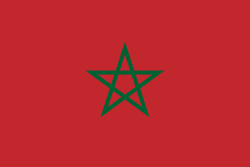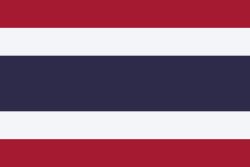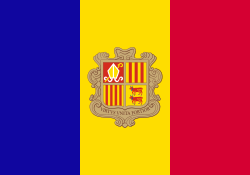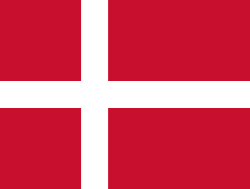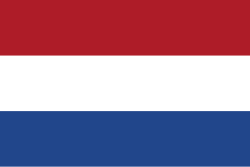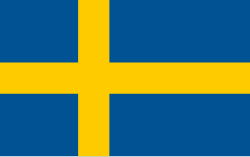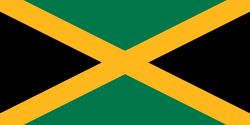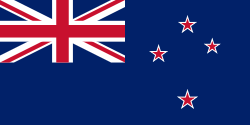Tupou 6.
| Tupou 6. | |
|---|---|
| Personlig information | |
| Født | ʻAhoʻeitu ʻUnuakiʻotonga Tukuʻaho 12. juli 1959 (62 år) Kongelige Palads, Tonga |
| Bopæl | Kongelige Palads |
| Far | Taufa'ahau Tupou 4. af Tonga |
| Mor | Halaevalu Mataʻaho ʻAhomeʻe |
| Søskende | George Tupou V af Tonga, Salote Mafile'o Pilolevu Tuita |
| Ægtefælle | Nanasipau'u Tuku'aho |
| Børn | Prinsesse Lātūfuipeka Tukuʻaho, Prins Ata, Siaosi Manumataongo ʻAlaivahamamaʻo ʻAhoʻeitu Konstantin Tukuʻaho |
| Uddannelse og virke | |
| Uddannelsessted | University of East Anglia, University of New South Wales, Bond University |
| Beskæftigelse | Monark (fra 2012), diplomat, politiker (til 2006) |
| Information med symbolet | |
ʻAhoʻeitu Tupou 6. (tonganesisk: ‘Aho‘eitu ʻUnuakiʻotonga Tukuʻaho; født 12. juli 1959) er konge over Tonga. Han er den yngre bror og efterfølger til den afdøde kong George Tupou 5.. Han blev officielt bekræftet som sin heir presumptive efter sin broder den 27. september 2006, da hans bror ikke havde nogle børn.[1] Han tjente som Tongas højkommissær i Australien og boede i Canberra[2][3] indtil kong George Tupou 5.'s død den 18. marts 2012, hvor ʻAhoʻeitu ʻUnuakiʻotonga Tukuʻaho blev konge over Tonga med navnet ʻAhoʻeitu Tupou 6..[4]
Referencer
- ^ Tupouto'a Lavaka, Tonga's new Crown Prince Arkiveret 3. november 2006 hos Wayback Machine Matangi Tonga, 27 September 2006
- ^ "Crown Prince Tonga's first High Commissioner to Australia" Arkiveret 17. august 2008 hos Wayback Machine, Matangi Tonga, 15 August 2008
- ^ read&id=41482 "Tonga’s Crown Prince made High Commissioner in Canberra", Radio New Zealand International, 15 August 2008
- ^ "Announcement of the Passing of His Late Majesty & Proclamation of the New King". Tonga Government Portal. 21. marts 2012. Arkiveret fra originalen 15. april 2012. Hentet 21. marts 2012.
| Spire Denne biografi er en spire som bør udbygges. Du er velkommen til at hjælpe Wikipedia ved at udvide den. |
| ||||||||||||||||||||||
Medier brugt på denne side
The national flag of Kingdom of Thailand; there are total of 3 colours:
- Red represents the blood spilt to protect Thailand’s independence and often more simply described as representing the nation.
- White represents the religion of Buddhism, the predominant religion of the nation
- Blue represents the monarchy of the nation, which is recognised as the centre of Thai hearts.
Flag of Liechtenstein
The Flag of Vatican City State, as per the 2023 w:en:Fundamental Law of Vatican City State, reproducing Annex A which contains the official depiction of this version. See 2023 Fundamental Law of Vatican City State, art. 23, n. 1.
This 2023 flag is very similar to the flag used in the 1929 Fundamental Law of Vatican City State, see here, p. 35. Thus, it is in the public domain.
Flag of Canada introduced in 1965, using Pantone colors. This design replaced the Canadian Red Ensign design.
Flag of Jamaica. “The sunshine, the land is green, and the people are strong and bold” is the symbolism of the colours of the flag. GOLD represents the natural wealth and beauty of sunlight; GREEN represents hope and agricultural resources; BLACK represents the strength and creativity of the people. The original symbolism, however, was "Hardships there are, but the land is green, and the sun shineth", where BLACK represented the hardships being faced.
Flag of Papua New Guinea
Colours: Pantone 186 C for red and 116 C for yellow
former en:Prime Minister of Tonga en:Ulukalala Lavaka Ata (cropped from original picture)



